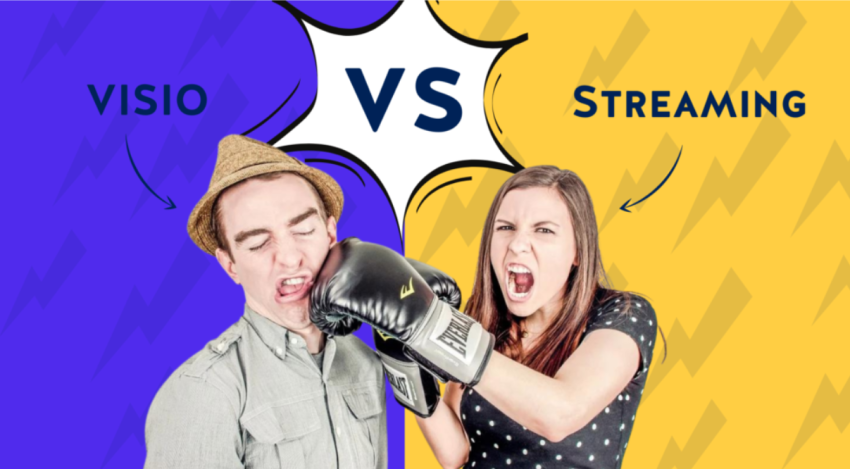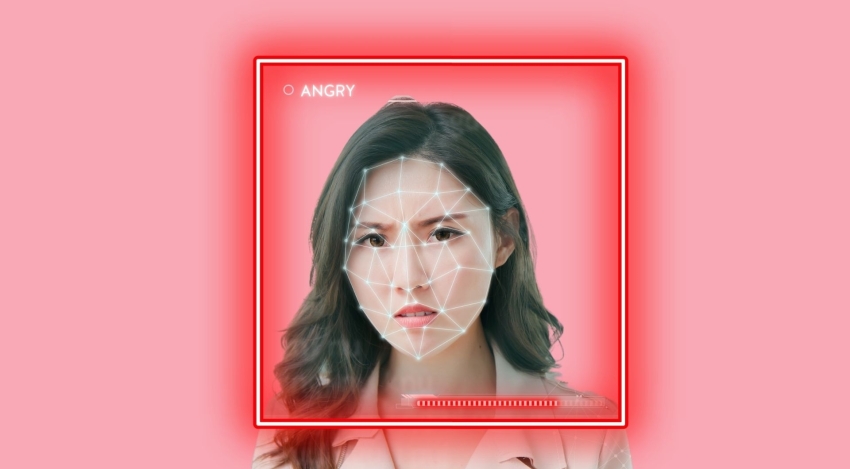

In a time when distance education has become a necessity, it's easy to become confused about the optimal technology to use. It can be challenging for schools, universities, or training centers to navigate and decide between various options: live streaming, recorded streaming, video conferencing, webinars... Each has its advantages and disadvantages, so how do you choose the best solution to optimize your distance education?
Video conferencing involves real-time, low-latency exchange of video and audio streams among two or more participants. Its purpose is to facilitate audio and video interactions as if having a telephone conversation.
In principle, video conferencing is useful for meetings with a small number of participants, usually up to ten. However, today, major video conferencing platforms like Zoom, Teams, Webex, etc., enable users to conduct meetings with hundreds of people.
How? By employing technology that's akin to streaming. All participant streams are sent to a server which re-encodes the content before redistributing it to other participants. Why? Because a computer couldn't handle processing 600 different streams!
Streaming is a technology that sends a video stream to a server, which then broadcasts it to the world without participant limits. The advantage is that once the video is encoded on the server, it can be viewed indefinitely by a large number of people simultaneously.
Today, a significant advancement in streaming is changing the landscape: Ultra Low Latency (ULL) streaming. Video streams can be sent and viewed almost instantly, with less than half a second of delay, allowing for real-time interaction with participants!
For a class broadcast via streaming, Ultra Low Latency becomes crucial for student questions. If a question is asked with a 20-second delay, the instructor has likely moved on. Interactivity becomes a real challenge.
Video conferencing offers the clear advantage of audio and video interaction among all participants. In an educational context, it's ideal for conducting classes with strong interaction, such as Tutorials or oral presentations, thesis defenses, etc.
Keep in mind that the number of participants shouldn't exceed 30.
With over 30 learners, video feedback becomes less meaningful. Since the beginning of the pandemic, we've noticed that very few students turn on their cameras, and even if they're required to, the instructor can't see all 30 faces at once!
You might say, well, in streaming, we don't see anyone, what's the advantage? The cost is the advantage of streaming. Video conferencing solutions today offer institutions extremely expensive options for distance education.
The cost is actually based on the number of users. For example, for a cohort of 300 students, the institution would have to pay for the price of 300 simultaneous video streams... even if only 3 students have turned on their cameras!
After two years of delving into the topic, we are convinced that Ultra Low Latency streaming is the future solution. For the reasons mentioned earlier, we believe it's the option that best addresses the current challenges of hybrid or remote classes.
The Covid-19 context led educational institutions to urgently adopt available solutions like Video Conferencing. Since then, EdTech companies have been working to provide more education-specific solutions that integrate well with institutions' information systems while prioritizing data security. So, are you ready to take the plunge?
We hope we've shed some light on your choice between Streaming and Video Conferencing. Both are compatible for juggling between lectures and tutorials. This is what the University of Montpellier's Law School does, for instance. You can find a video testimonial from their Vice-President for Digital Initiatives here.


